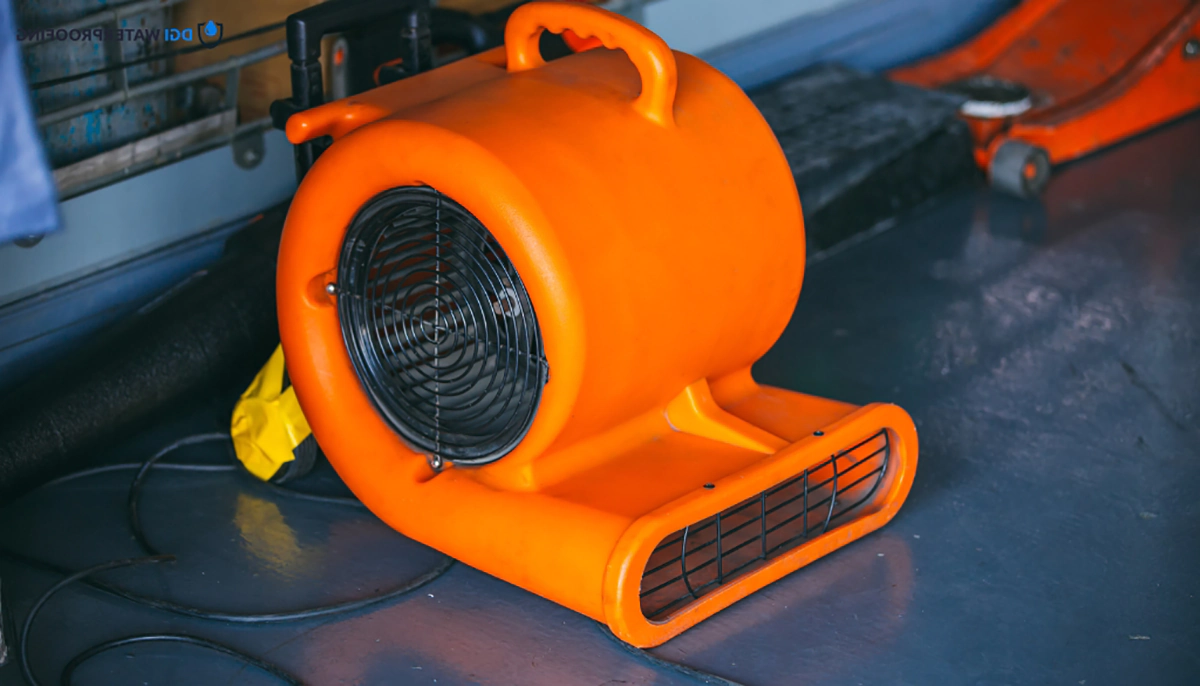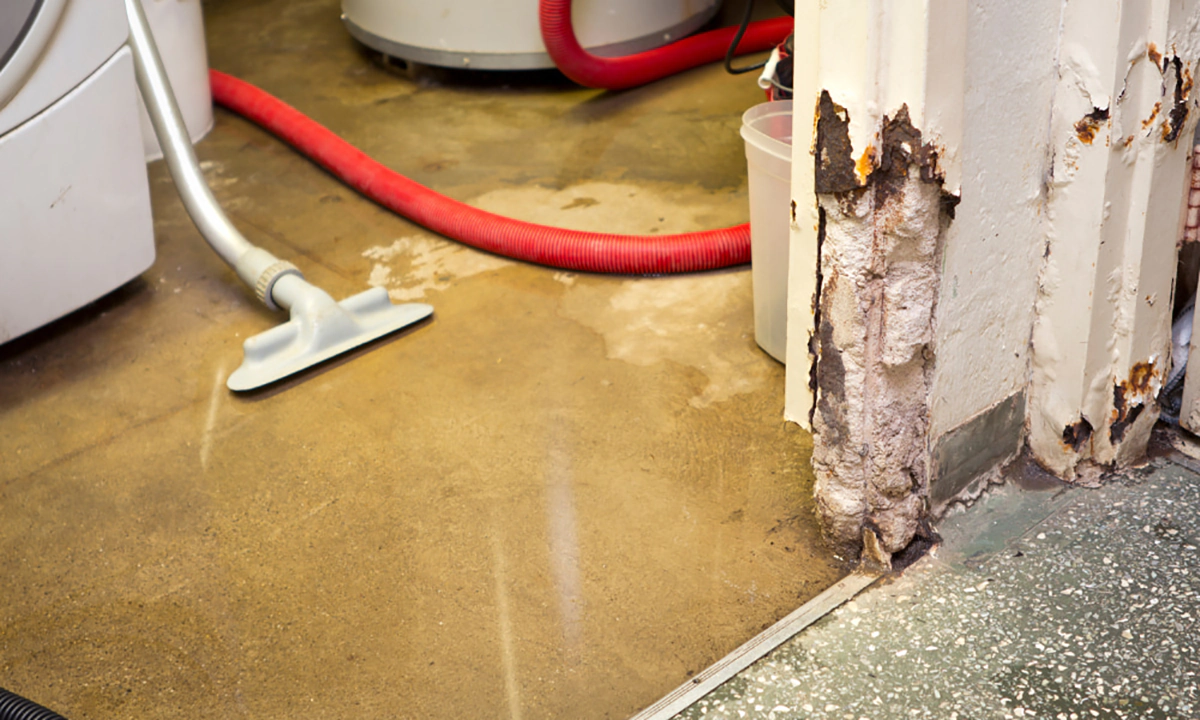A flooded basement is every homeowner’s nightmare — it can damage your belongings, weaken the foundation, and lead to mold growth if not handled fast. Whether the issue comes from heavy rain, a broken pipe, or poor drainage, knowing the right steps can save you time, money, and stress.
This guide covers how to remove water from a flooded basement, clean up safely, and prevent it from happening again.
Understanding Basement Flooding
Basement flooding doesn’t happen without a reason. Recognizing where the problem starts will help you choose the right solution and protect your home long-term.
Common Causes
Some of the most common reasons for water in basements include:
- Heavy rainfall or melting snow that overwhelms your drainage system.
- Clogged gutters and downspouts, causing water to flow toward your house instead of away.
- Plumbing failures or leaking pipes.
- Sump pump malfunctions, which leave the basement without active water removal.
- Cracks in the foundation or poor exterior waterproofing.
Each cause requires a specific fix, but acting fast always reduces the risk of serious water damage.
Signs Your Basement Is Flooding
Flooding isn’t always sudden — sometimes it builds up over time. Keep an eye out for:
- Damp or humid air in the basement.
- Musty odors or mold spots.
- Water stains on walls or floors.
- Puddles after rain or melting snow.
Spotting these early signs can help you prevent major flooding in the future.
What to Do If Your Basement Is Flooded
When your basement fills with water, safety should come before cleanup. Acting correctly in the first few minutes can prevent further damage.
Step 1 – Stay Safe
Before entering, turn off the electricity at the main breaker. Never walk into standing water with power still on. If you smell gas or notice contamination, leave the area and call professionals. Always wear waterproof boots and gloves when entering a flooded space.
Step 2 – Stop the Water Source
Once it’s safe, find and stop the source of water:
- Shut off your home’s main water valve if plumbing is the cause.
- If the issue comes from rainwater, check the sump pump, gutters, and outside drainage lines.
- Temporarily seal visible cracks with hydraulic cement or waterproof filler until permanent repairs can be made.

Basement Water Removal
Removing water from a flooded basement as soon as possible is critical to avoid mold and structural damage.
How to Remove Water
Use a wet/dry vacuum or submersible pump for small to medium flooding. For larger amounts, call a professional basement water removal service. They have industrial pumps that can clear water quickly and safely.
Throw away porous materials such as carpets, drywall, and insulation that cannot be fully dried within 48 hours — these can develop harmful mold.
Dry the Area
After pumping out the water, focus on drying every part of the basement:
- Keep windows open to allow fresh air circulation.
- Set up fans and dehumidifiers to pull moisture out of walls and floors.
- Lift wooden planks or baseboards to dry hidden damp spots.
Drying thoroughly helps prevent long-term moisture problems and unpleasant odors.
Cleaning Up Flood Damage
Once the basement is dry, you can begin the cleaning phase.
Cleaning Steps
Start by clearing debris and mud. Wash all hard surfaces with soap and clean water. After that, disinfect using a mild bleach solution to kill bacteria or fungi. Any items that were in contact with dirty floodwater should be sanitized or discarded.
Protect yourself during cleanup — wear gloves, rubber boots, and a mask to avoid mold exposure.
Assess the Damage
After cleaning, check the foundation, walls, and flooring for cracks or damage. Take photos for insurance claims and contact your provider about repair coverage. If the foundation seems unstable or mold returns within days, call a basement waterproofing specialist to inspect the area.
Preventing Future Basement Flooding
Preventing flooding is much easier and cheaper than cleaning it up. Regular maintenance goes a long way.
Prevention Tips
- Clean gutters and downspouts every few months.
- Extend downspouts several feet from your home’s base.
- Seal visible cracks in the foundation and basement walls.
- Install or test your sump pump and consider a battery backup.
- Ensure proper grading so water flows away from your house.
By following these steps, you reduce the chances of another flooded basement in the future.
Final Thoughts
Basement flooding can be stressful, but quick, careful action makes recovery much easier. Always start with safety, then remove standing water, dry everything thoroughly, and clean with care. For repeated or severe flooding, hiring a professional waterproofing company ensures your basement stays dry and structurally sound for years to come.

 CLOGGED OR BROKEN WEEPING TILE
CLOGGED OR BROKEN WEEPING TILE